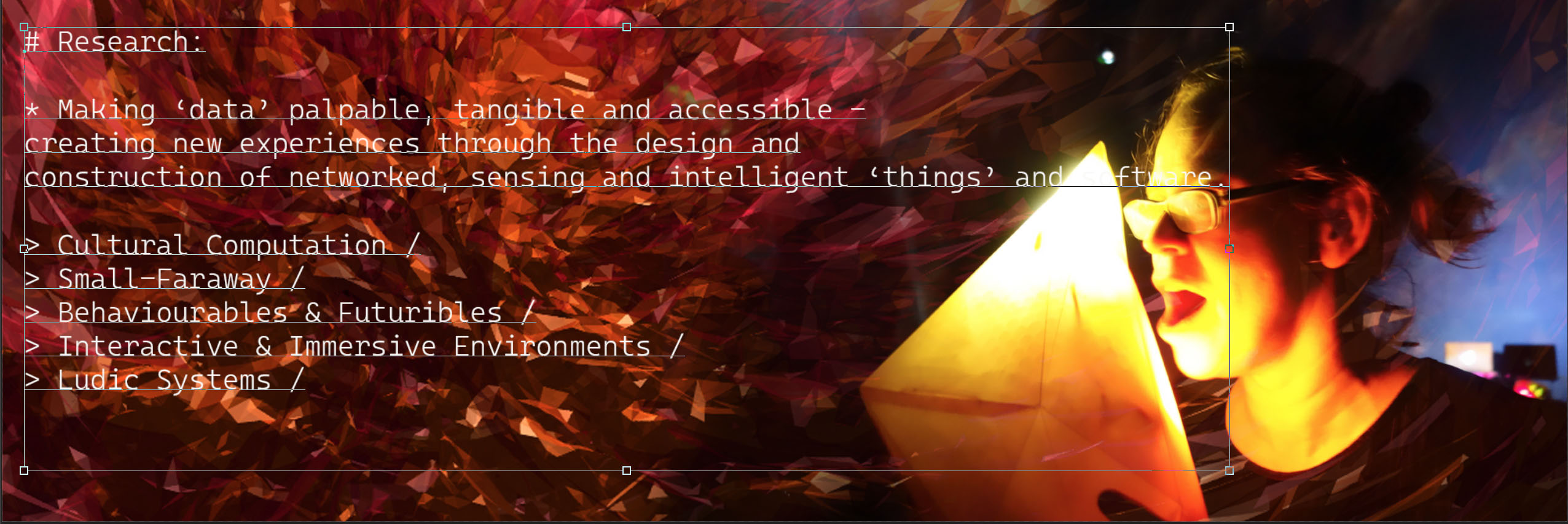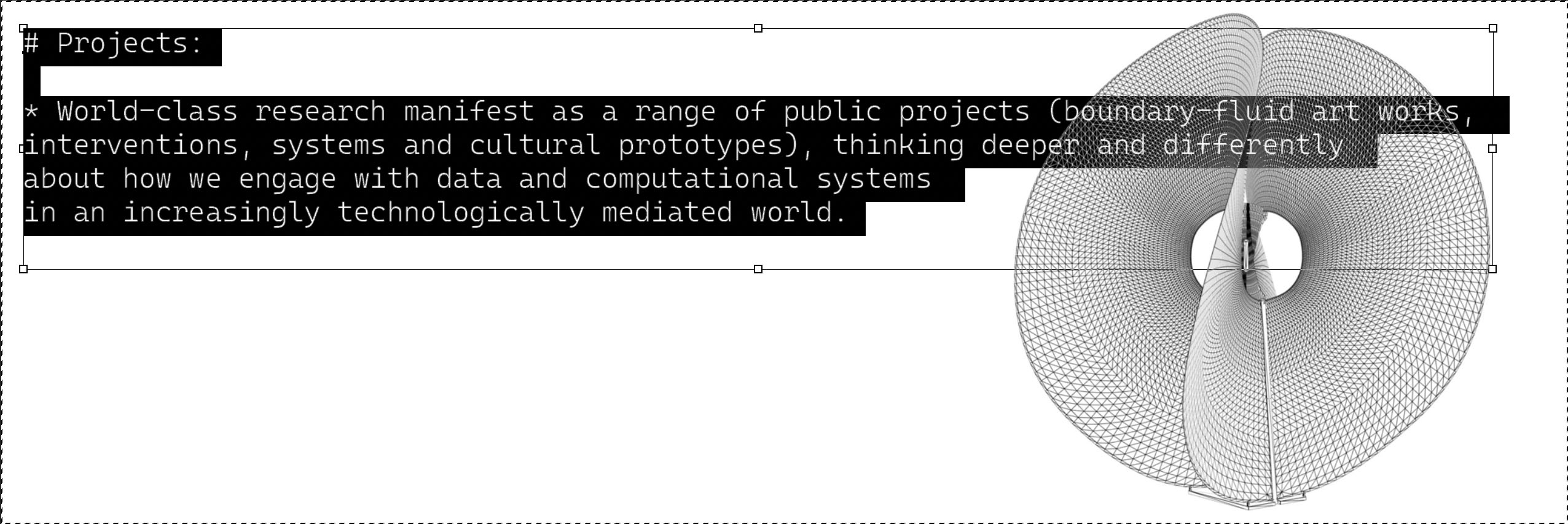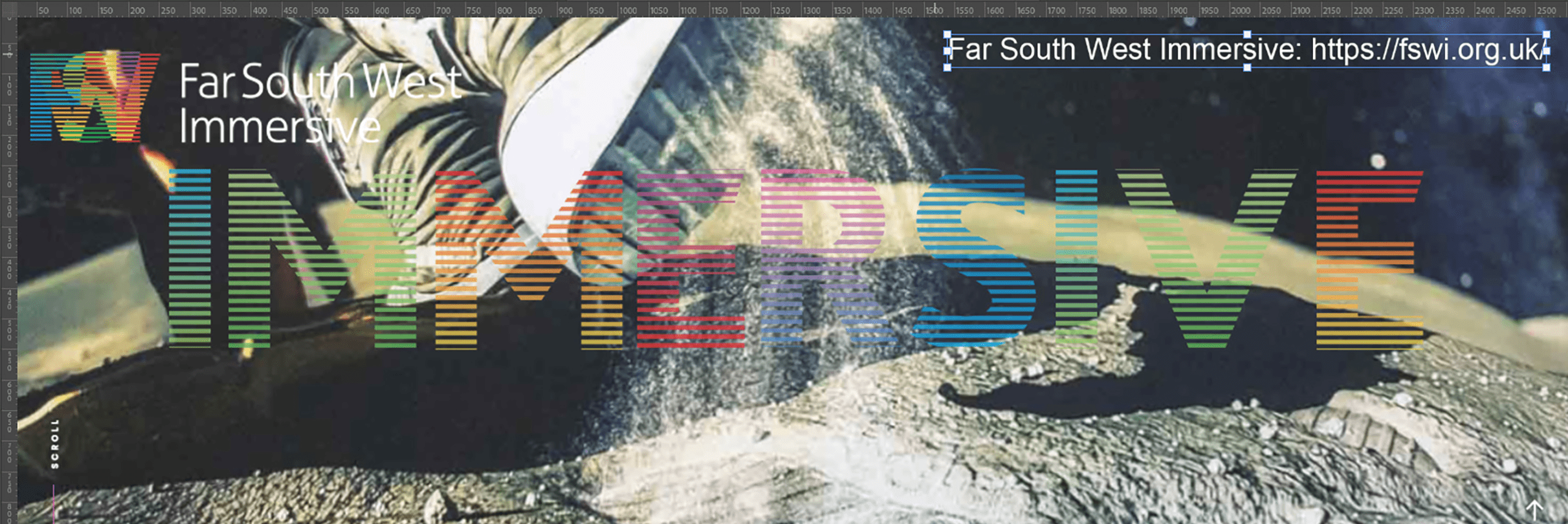FUTURE HISTORY v1.0: THE S.T.I. PROJECT: THE SEARCH FOR TERRESTRIAL INTELLIGENCE.
S.T.I. is funded by the SciArt programme (supported by the ACE, the British Council, the Calouste Gulbenkian Foundation, SAC, the Wellcome Trust and NESTA)., and turns the technologies that look to deep space for Alien Intelligence back onto Planet Earth in a quest for ‘evidence’ of Terrestrial Intelligence. Looking at Earth from space the project will develop processing techniques using autonomous computer software agents. S.T.I. moves beyond irony by engaging with our understanding of the ‘real world’ through our senses, whether real or artificially enhanced. Will these autonomous systems ‘know’ the ‘truth’ when they ‘see’ it? The S.T.I. Consortium: STAR, Dr Guido Bugmann, Dr Angelo Cangelosi, Laurent Mignonneau, Christa Sommerer, Dr Nick Veck.



The STI Server is no longer alive but video grabs can be found here:
Documentation:
- The Search for Terrestrial Intelligence. The S.T.I. Consortium (edited by Mike Phillips). Consciousness Reframed 2002
- STI- Mediaspace 9 Digital Creativity.
- http://www.autograph-abp-shop.co.uk/books/landscape-trauma-in-the-age-of-scopophilia

T H E S . T . I . P R O J E C T : T H E S E A R C H F O R T E R R E S T R I A L I N T E L L I G E N C E
INTRODUCTION: PROJECT: CONSORTIUM: PATHWAY: OUTPUT: COPYRIGHT:
INTRODUCTION:
The Search For Terrestrial Intelligence is funded through an R&D grant awarded to the Consortium by the Wellcome Trust SciArt competition http://www.wellcome.ac.uk/sciart. The sciart competition aims to encourage scientists and artists to work together creatively. Awards are offered to partnerships of scientists and artists working on projects that capture the public’s imagination with some aspect of biology, medicine or health. The competition has been run twice, in 1997 and 1998.
S.T.I. turns the technologies that look to deep space for Alien Intelligence back onto Planet Earth in a quest for ‘evidence’ of Terrestrial Intelligence. Using satellite imaging and remote sensing techniques S.T.I. will scour the Planet Earth using similar processes employed by SETI (the Search for Extra Terrestrial Intelligence). Looking at Earth from space the project will develop processing techniques using autonomous computer software agents. In their search for evidence of intelligence the agents will generate new images, animations and audio (which may produce more questions than answers) which will be publicly accessible on this website.
From the original Wellcome ArtSci Pitch:
PROJECT:
S.T.I. establishes a common ground for the consortium by sharing the collective knowledge of remote sensing, imaging technologies, autonomous agents (AI and Neural Networks), and On-Line interaction. The Project fuses this knowledge into a challenging exploration of planetary data analysis, through a process of experimental prototyping of a number of autonomous data analysis agents that will reside on this website.
Vision dominates our culture and lies at the heart of scientific and artistic endeavour for truth and knowledge. Increasingly the dominance of the human eye is being challenged by a new generation of technologies that do our seeing for us. These technologies raise critical questions about the nature of the truth and knowledge they illicit, and the way in which we interpret them. In turn these questions raise issues about the way we, through science and art, have always ‘known’ the world. The S.T.I. Project goes beyond the irony of the search for terrestrial intelligence on Earth by engaging with our understanding of the ‘real world’ through our senses, whether real or artificially enhanced. Will these autonomous systems ‘know’ the ‘truth’ when they ‘see’ it?
The S.T.I. Project reveals the processes used by science to ‘see’ the ‘real world’, making transparent the scientific method itself. In so doing S.T.I. generates ‘artefacts’ that question the way we perceive our environment and ourselves. This process of imaging says as much about the observer, the nature of the experiment and the technology as it does about the actual data gathered. This link between knowledge and vision, knowing and seeing, questions the way art and science utilise the visual dialectics of truth and deception.
The S.T.I. Project engages in critical issues surrounding the shift from the hegemony of the eye to the reliance on autonomous systems to do our seeing for us. This shift has an equal impact on scientific processes and creative endeavour. By turning away from ‘outer space’ to an examination of ‘our space’ the project also engages public interest, as expressed in the popular imagination through science fiction (X files, etc), in the alien within our midst. Do we recognise ourselves when seen through our artificial eyes.
For example: ‘Face on Mars’. The blurred and faded images sent back by the 1976 Viking Orbiter reveal little to the naked eye, until they are digitally processed. The processing slowly reveals a skull like face that stares blankly from the surface of mars. The technology strips away the grain and fuzz and re-visions. The ‘face’ becomes gradually un-obscured, progressively un-veiled, with features suggestive of eyes, a ridge-like nose, and a mouth, its ‘truth’ emerging through the technology. Maybe the processing techniques employed allow us to see more clearly the images we nurture inside our heads. Maybe they bring into sharp focus the things we want to see.
CONSORTIUM:
The S.T.I. Project Consortium brings together artists, scientists and technologists from four research groups (STAR, CNAS, ATR, NRSC) based in three organisations, the University of Plymouth, ATR Media Integration & Communications, Research Laboratories, and the National Remote Sensing Centre (NRSC) Limited. The S.T.I. Project involves a Development Committee, which consists of eight individuals, short C.V.s are included in the supporting information section of this application. They are:
PATHWAY:
The research and development of the S.T.I. project is broken down into three stages. The nature of the project requires an exploratory and prototyping method of systems design. Although there is no recognised ‘best practice’ critical pathway, STAR has identified a system, which is based on EMG’s production pathway. Many of these activities will run concurrently.
R&D Pathway: May 2000-March 2001:
Phase 1: Concept and Research. This will consist of a design process, which identifies/assesses the nature of: the information currently available from remote sensing technologies; processing techniques currently employed for the analysis of remote sensing data; rules and processes that can be employed to ‘train’ the autonomous systems; design guidelines for the production of the autonomous analysis systems.
Much of this knowledge exists within the S.T.I. consortium, its dissemination between the committee will take place through meeting (IRL and On-Line).
Phase 2: Prototyping. This will require the consortium and the production assistant to generate autonomous systems.
Phase 3: Website design and production.
The completion of the R&D stage will be formalised by a S.T.I. Project Seminar/Launch, which will provide a public presentation of the projects findings and activities.
Signs from the S.T.I. Database:


















You must be logged in to post a comment.